Augmented Reality practically applied
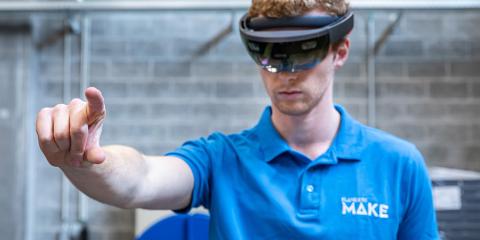
Augmented Reality practically applied
The manufacturing industry - like other sectors - has a global shortage of well-trained staff. Older employees retire and take their knowledge with them. Young people are little attracted to industrial work and see that these companies are often not at the forefront of innovations.
Many companies come up with creative, short-term solutions to get new staff. These include looking at terms of employment, attracting people from other sectors, retraining low-skilled people and bringing in people from abroad. Is this the most effective method for the longer term? Perhaps not.
We give an example of how this problem can be approached using Augmented Reality. Not science fiction, a recognisable problem, solved with technology that has been on the market for years and successfully deployed by several reputable companies.
Suppose you have an experienced machine operator. He has been with you for years and knows the ropes, but is about to retire. His knowledge is not recorded, but is in his head. Recognisable? Thanks to a successful recruitment campaign, you recruited a new recruit a few months ago, but he is inexperienced and cannot simply take on the work of the departing operator. What to do?
You can of course hire a new, inexperienced employee, but can you find this person in the current market? And what are the chances of this employee leaving again after a short time, in which case you have an acute problem? You can also use augmented reality technology, which in our example goes in three steps.
Step 1 is that the experienced employee does the normal work with smart glasses on, leaving two hands free to do the work. The work is divided into short videos that can be arranged at will with simple voice commands. Photos can be taken during the work in the same way, which can be used in step 2. The time it takes to take this recording is approximately the time it takes to do the work.
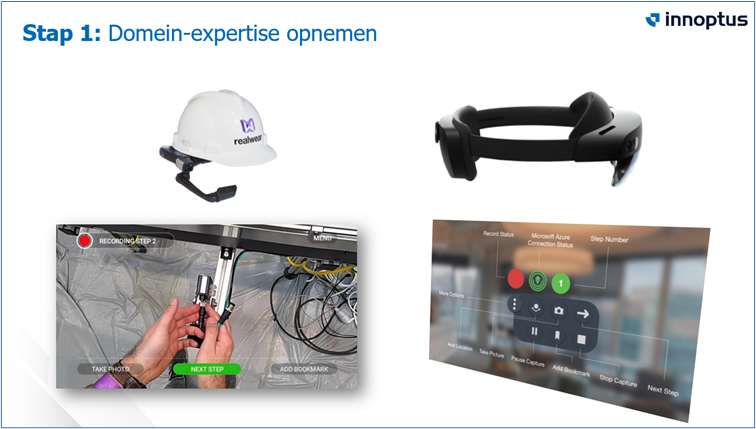
Step 2 is done on the laptop. The recordings can be modified, enriched with photos or enlargements thereof, with explanations in text, voice or documents. Security messages can also be added. After these edits, you have a complete visual explanation of the work process as recorded by your experienced employee. Text and voice can be easily edited in various languages. After some practice, anyone can perform these operations.
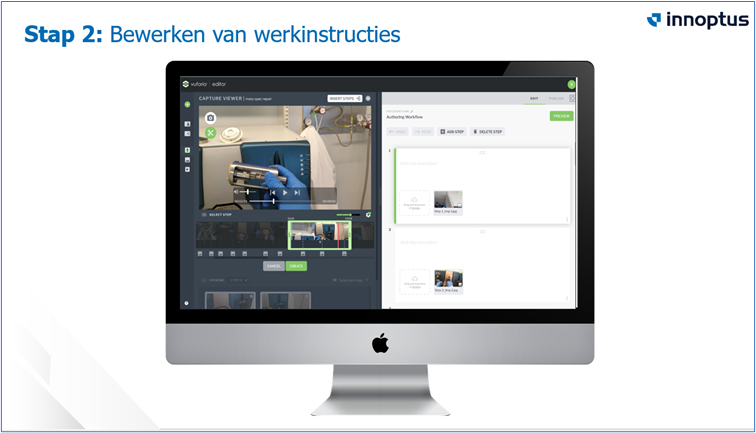
At step 3, the videos are used (played) by your new employee. This can be on a tablet, mobile phone, laptop or smart glasses. In this way, all knowledge - based on years of experience - is retained for the organisation. New people can make unlimited use of this knowledge and master the work process at their own pace. Because of the visualisation, little text/voice is needed, which reduces translation costs and allows you to use the recordings quickly even at foreign branches. Various reports are available to monitor the use of the recordings.
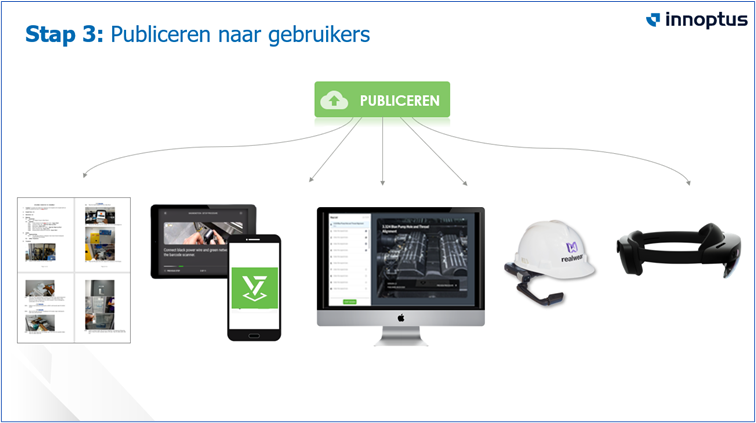
This is one case, but there are many more examples where AR can be of value to you. Think of supporting service staff in the field, or training your own people or partners.
In summary, Vuforia Expert Capture offers the following capabilities.
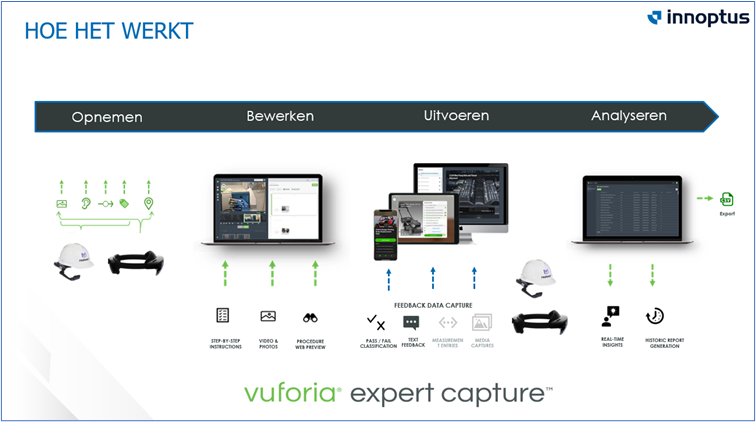
The solution discussed, Vuforia Expert Capture, is a SaaS solution, so you have no IT hassle and can scale up regardless of the size of your organisation.
The Vuforia Platform leads the AR market and also includes a number of other solutions to support your workforce.
